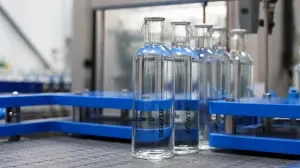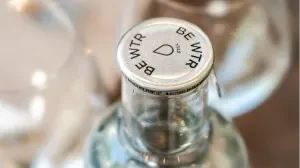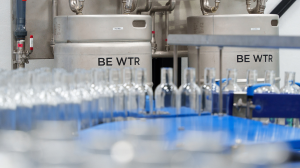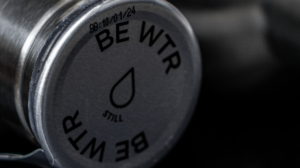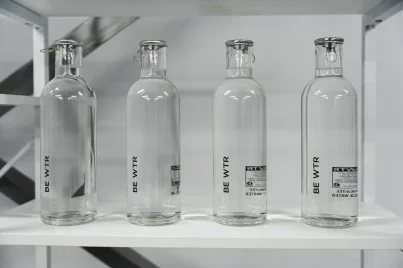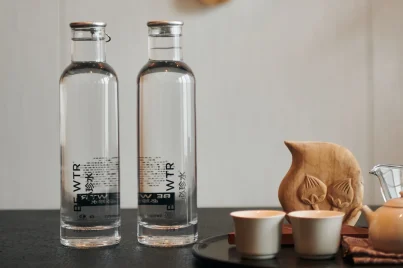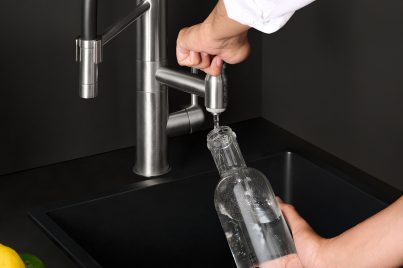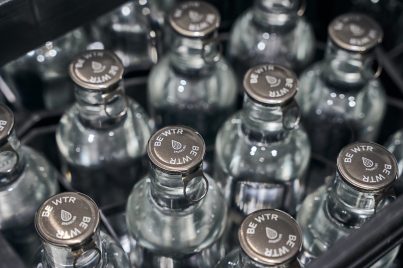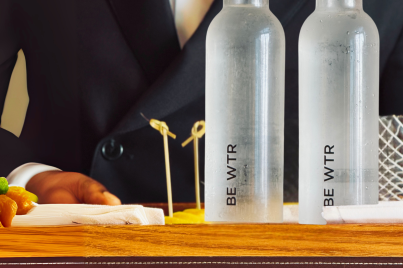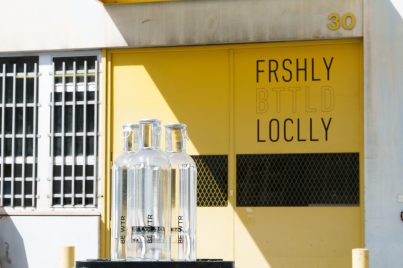#WATERQUALITY
Why Does Water Have a Taste?
15 January 2025, 6:48 GMT
By BE WTR
Have you ever noticed that water tastes different depending on where you are? Whether you’re drinking tap water in London or bottled water in Switzerland, the flavor can vary. But why does water have a taste, and why does it differ across regions? Before reaching your glass, water undergoes a long journey, whether it’s tap water or sourced from a spring or mineral source, each type has its own distinct taste. But why is that?
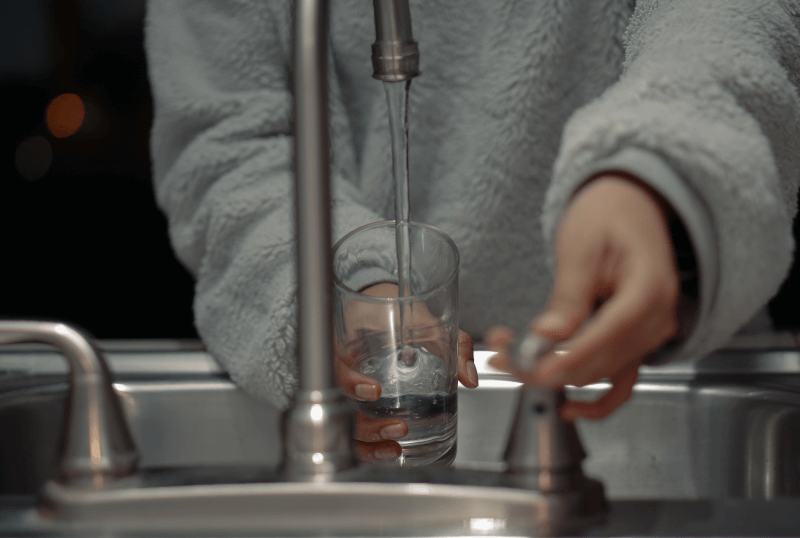
Water has local natural minerals
As water flows through rocks and soil, it absorbs minerals like calcium, magnesium, and sodium. These minerals not only contribute to the taste but also provide health benefits. For example, water in areas with high mineral content, such as parts of Switzerland, can have a crisp, fresh taste.
Different regions have distinct mineral compositions in their water. For instance, “hard” water, which contains more calcium and magnesium, can taste slightly bitter or metallic. On the other hand, “soft” water, with fewer minerals, has a smoother and often more neutral taste. (WHO, 2023)
Purification Processes: How Tap Water Gets Its Taste
Then depending on if you drink tap water or mineral/source water, it can go through a purification process.
Tap water undergoes local purification at local treatment plants to improve water quality. To ensure the water is free from certain bacteria and pathogens, small amounts of disinfectants like chlorine and, in some regions, fluoride are added. These chemicals help maintain water safety during distribution but can also influence its taste.
For instance, chlorine, commonly used to kill harmful bacteria, often gives tap water a distinct, slightly chemical taste. Fluoride, added in some areas to promote dental health, may also subtly affect the flavor. The amount of these additives varies from city to city, contributing to regional differences in the taste of tap water. (European Commission, 2024)

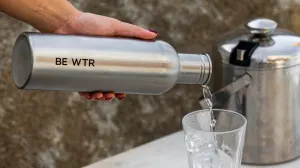
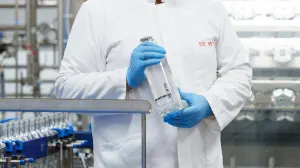
Water’s taste is influenced by a mix of natural minerals, local purification treatments, and contaminants. Understanding these factors helps explain why water from different places can taste so distinct, making it clear that what’s in your water matters more than you might think.
Learn more about BE WTR
The first sustainable premium water.



